Geopolitical Factors
Geopolitical dynamics significantly influence the oil gas-upstream-projects market. The U.S. is strategically positioned as a major player in the global energy landscape, and its foreign policy decisions can impact oil prices and supply chains. For instance, tensions in oil-producing regions can lead to price volatility, prompting U.S. companies to ramp up domestic production to mitigate risks. Additionally, trade agreements and sanctions can alter market conditions, affecting the competitiveness of U.S. oil and gas. As such, geopolitical factors remain a critical driver, shaping the operational landscape for the oil gas-upstream-projects market.
Rising Energy Demand
The increasing energy demand in the United States is a primary driver for the oil gas-upstream-projects market. As the population grows and industrial activities expand, the need for energy sources intensifies. According to the U.S. Energy Information Administration (EIA), energy consumption is projected to rise by approximately 10% by 2030. This surge in demand compels companies to invest in upstream projects to enhance production capabilities. Furthermore, the transition towards cleaner energy sources, while significant, still relies heavily on oil and gas during the transition period. Thus, the upstream oil and gas projects market is likely to experience sustained growth as companies strive to meet this escalating demand.
Environmental Regulations
Environmental regulations are increasingly shaping the operational framework of the oil gas-upstream-projects market. The U.S. government has implemented stringent regulations aimed at reducing greenhouse gas emissions and promoting sustainable practices. Compliance with these regulations often necessitates significant investments in cleaner technologies and practices. For instance, the implementation of the Clean Air Act has led to the adoption of advanced emission control technologies in upstream operations. While these regulations may pose challenges, they also create opportunities for innovation and efficiency improvements, ultimately influencing the growth trajectory of the oil gas-upstream-projects market.
Technological Innovations
Technological advancements play a crucial role in shaping the oil gas-upstream-projects market. Innovations such as hydraulic fracturing and horizontal drilling have revolutionized extraction processes, significantly increasing production efficiency. The U.S. has witnessed a remarkable rise in shale oil production, with output reaching over 9 million barrels per day in recent years. These technologies not only enhance recovery rates but also reduce operational costs, making projects more economically viable. As companies continue to adopt cutting-edge technologies, the oil gas-upstream-projects market is expected to benefit from improved productivity and reduced environmental impact, thereby attracting further investments.
Investment in Infrastructure
Investment in infrastructure is a vital driver for the oil gas-upstream-projects market. The U.S. requires substantial investments in pipelines, refineries, and processing facilities to support the growing production levels. According to the American Petroleum Institute, the oil and gas industry is expected to invest over $1 trillion in infrastructure by 2030. This influx of capital is essential for enhancing transportation efficiency and ensuring the safe delivery of products to market. As infrastructure development progresses, it is likely to bolster the operational capabilities of the oil gas-upstream-projects market, facilitating growth and stability.


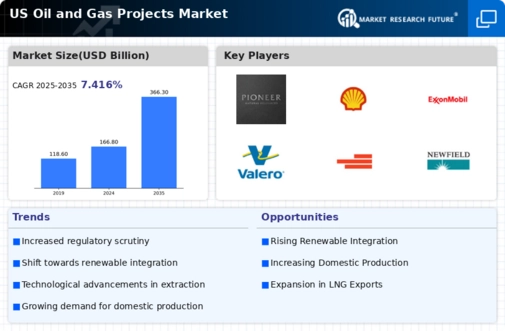
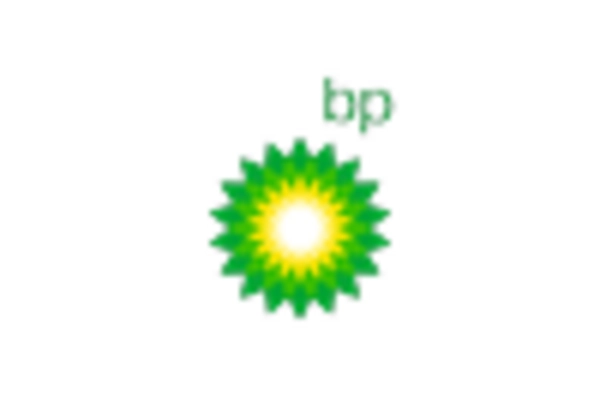
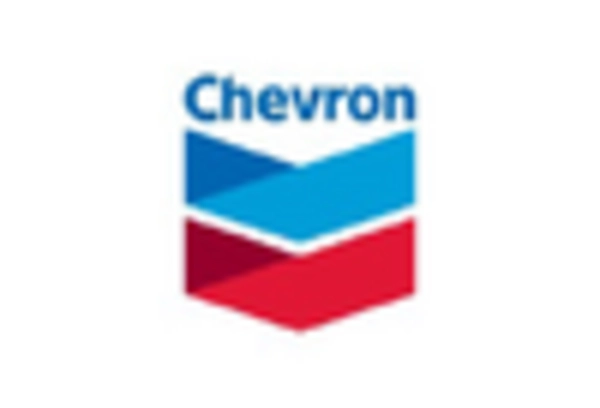
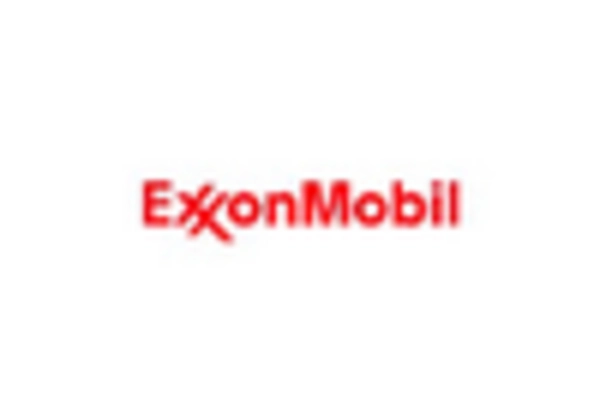

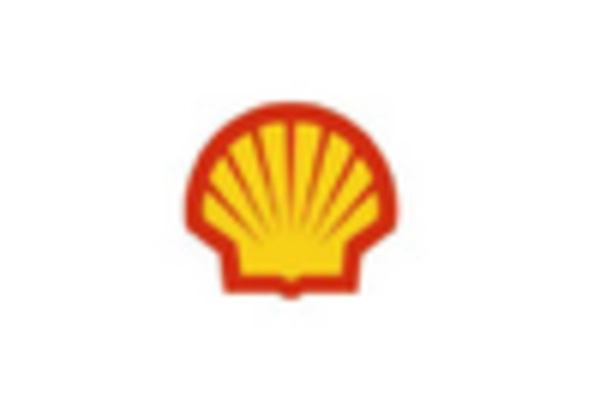
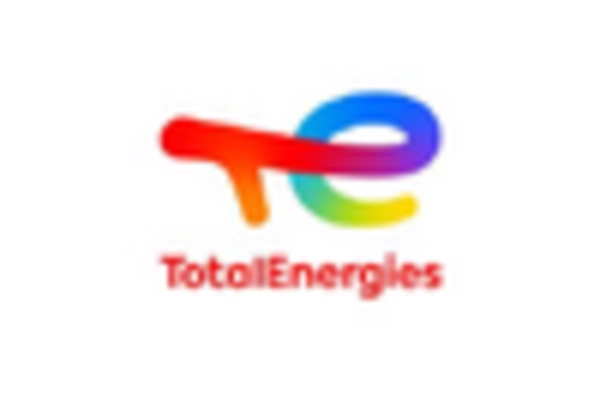








Leave a Comment